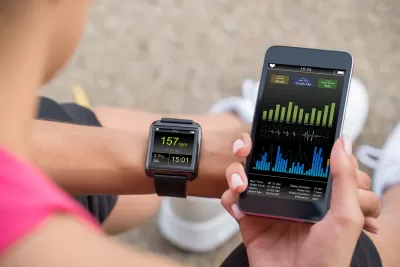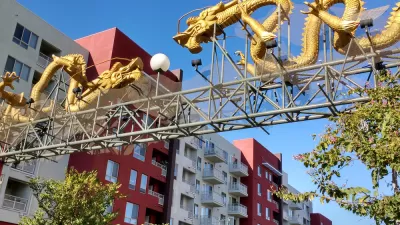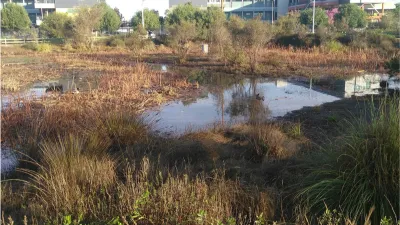Data from smartphone apps and fitness trackers are helping planners to better understand park usage patterns and plan for new and improved parks.

There is no question that the field of parks and recreation has become increasingly data-driven. The Los Angeles County Department of Parks and Recreation (DPR), for example, recently began to use data from fitness trackers and smartphone apps, among many other data sources, to help identify and analyze regional and rural park and recreation needs.
In this article, park planner Clement Lau discusses the 2022 L.A. Countywide Parks Needs Assessment Plus (PNA+) and how data collected from fitness apps and mobile phones helped park planners better understand park access, use, and visitorship. In addition to smartphone data, planners also employed the latest digital tools to collect, analyze, and visualize community input as part of the PNA+.
Adopted by the L.A. County Board of Supervisors in December 2022, the PNA+ Final Report presents data, maps, analyses, public input, and recommended actions which support additional land conservation and restoration, transit to parks, and other strategies to meet local and regional recreation needs, especially in the most vulnerable communities.
To learn more, please read the source article.
FULL STORY: How Cellphone and Fitness App Data is Helping Create Equity in Public Parks

Trump Administration Could Effectively End Housing Voucher Program
Federal officials are eyeing major cuts to the Section 8 program that helps millions of low-income households pay rent.

Planetizen Federal Action Tracker
A weekly monitor of how Trump’s orders and actions are impacting planners and planning in America.

Ken Jennings Launches Transit Web Series
The Jeopardy champ wants you to ride public transit.

Crime Continues to Drop on Philly, San Francisco Transit Systems
SEPTA and BART both saw significant declines in violent crime in the first quarter of 2025.

How South LA Green Spaces Power Community Health and Hope
Green spaces like South L.A. Wetlands Park are helping South Los Angeles residents promote healthy lifestyles, build community, and advocate for improvements that reflect local needs in historically underserved neighborhoods.

Sacramento Plans ‘Quick-Build’ Road Safety Projects
The city wants to accelerate small-scale safety improvements that use low-cost equipment to make an impact at dangerous intersections.
Urban Design for Planners 1: Software Tools
This six-course series explores essential urban design concepts using open source software and equips planners with the tools they need to participate fully in the urban design process.
Planning for Universal Design
Learn the tools for implementing Universal Design in planning regulations.
Heyer Gruel & Associates PA
Ada County Highway District
Institute for Housing and Urban Development Studies (IHS)
City of Grandview
Harvard GSD Executive Education
Toledo-Lucas County Plan Commissions
Salt Lake City
NYU Wagner Graduate School of Public Service





























